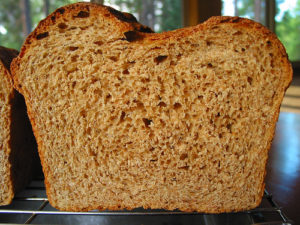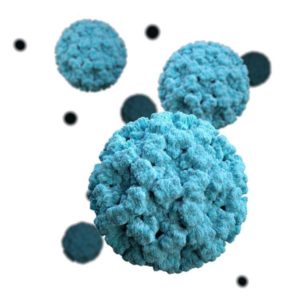
Stress and anxiety have become a norm of the modern-day lifestyle. Unfortunately, for a very long time, people didn’t consider these psychological problems as worthy of attention. We were more focused on keeping our bodies physically healthy, and lost focus on the importance of mental hygiene and keeping a healthy mind. However, over time, the perception of various mental issues have changed. Now more people strive to find the solutions for these problems, because they are aware of the fact that without the healthy state of mind it will be difficult to achieve the improved quality of life.
What is quality of life?
The term ‘quality of life’ is outlined by a set of different parameters like physical health, financial stability, education, family and religious beliefs of an individual. All of these parameters, which determine the quality of life, are strongly associated with one’s mental health. It is safe to assume that no matter how well you are doing with all the mentioned aspects, if you don’t have mental peace then you can’t able to appreciate the quality of life.
If mental problems persist for long, it can negatively affect all those characteristics necessary to attain the improved quality of life.
What is the solution?
In the previous section, it has become quite clear that how important mental health is to lead a happy life. So how one can get rid of all those mental ailments that make it difficult for us to cherish our lives? The answer lies in the mental exercises carried out by humans being for thousands of years. According to ancient Hindu scripts, meditation was nearly started 5000 years ago.
Meditation is the practice of becoming self-aware. It is also known as the exercise in which person observes his train of thought without judging and interrupting them. The mindfulness achieved through meditation helps you to focus on the present moment instead of getting distracted by the ever-persisting clutter of thoughts.
There are several benefits of meditation to the mental health that can help you to improve the quality of life.
Meditation: The stress killer
Reducing stress through meditation is the best gift you can give to yourself. Our modern day lives are crammed with so much stressor that our mind gets overwhelmed by all that negativity of the stress. Different stressors basically fires up neurons, the constant stimulation of nerve cells results in agitation. You can tackle this mental agitation by practicing meditation.
Practicing meditation and mindfulness helps you to shape up the responses of your brain to the incoming stressors. When you are more in control of your brain, it is less likely that brain will go haywire all of a sudden by releasing the stress hormone cortisol. It has been reported that mediators takes less toll of the stressful conditions as compared to other people. Shedding considerable amount of stress from your everyday life automatically contributes to improve the quality of it.
Meditation gives you a less distractive mind
We are living in an era where we have been distracted by a plethora of things in every given moment of the day, thanks to the technological innovations. Our concentration levels and attention spans are greatly affected by those distractions. Loss of attention and concentration contributes to the poor grades for students and less productivity of the working professionals. Quality of life is strongly connected to good education and professional success.
Since meditation is about ‘focusing’ on the present, it helps in increasing the capability of mind to focus and concentrate which assist person in different life affairs.
Meditation makes you more self-aware
Meditation also increases the level of self-awareness in a person which helps him in becoming less harmful to himself. Simply put, highly self-aware person tries to adopt healthy lifestyle. People start to eat healthy and many people quit smoking and excessive drinking after regular practice of meditation.
Meditation helps in accepting oneself
Accepting one’s self is the hardest thing many people come across with. Meditation helps you to accept yourself with all the faults and shortcomings. People can’t able to experience the feel of present moment just because they don’t want to accept their present self and they keep continue to chase the illusion of perfection. Meditation helps people to accept themselves with ifs and buts and that helps them to experience and feel the happiness of the given instant.
It is given that all the discussed benefits of mediation can certainly increase the quality of your life and also of the people around you.

















